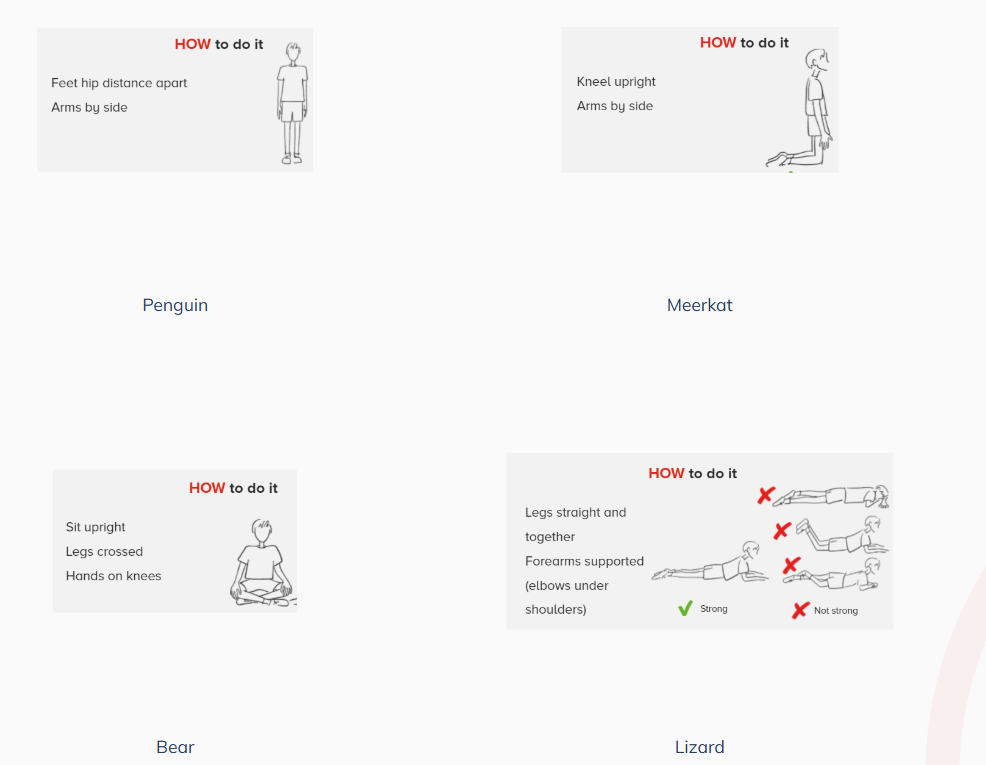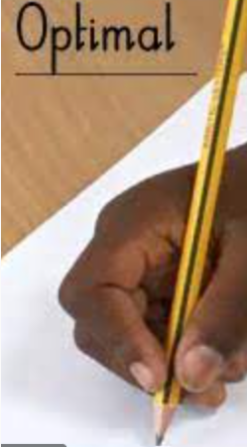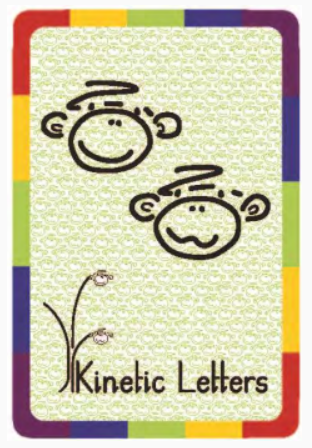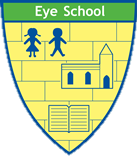Handwriting
At Eye CE Primary School, we believe that all children, by the end of KS2, should have the ability to produce fluent, legible and, eventually speedy joined-up handwriting. We aim to make handwriting an automatic process that does not interfere with creative and mental thinking. We believe that handwriting is a basic skill that influences the quality of work throughout the curriculum; therefore, we provide children with purposeful and plentiful opportunities to practise their handwriting regularly.
The National Curriculum 2014 places a clear emphasis on handwriting and outlines its importance in the development of children’s compositional skills.
Pupils who do not learn to read and write fluently and confidently are, in every sense, disenfranchised (Purpose of Study p.13).
As a school, we believe that handwriting is a skill that, like reading and spelling, affects written communication across the curriculum. Handwriting should be an automatic process which frees pupils to focus on the content of the writing.
Kinetic Letters
Kinetic Letters is currently a rolling implementation programme in our school setting and is only currently used in KS1. In KS2, the children have daily handwriting practise during their spelling lessons.
Kinetic Letters teaches children how to form letters correctly, quickly and with confidence. As handwriting becomes more fluent, children think less about handwriting allowing more time to think about the content of writing.
Handwriting becomes automatic.
There are 4 strands to Kinetic Letters, which we work through:
• Red: making bodies stronger
• Green: holding a pencil correctly
• Yellow: Letter formation
• Blue: writing with fluency (speed)
Importance of physical development:
Handwriting requires more than just hand muscles.
• Strong core muscles allow children to sit at tables correctly and comfortably when writing.
• Strong shoulder muscles allow children to be able to control the lower parts of the arm
• Strong wrists enable children to hold the pencil correctly and for longer periods of time
Animal poses that we use within the programme to help us to make our bodies stronger:

The three friends pencil hold:

Pencil hold:
We teach the children the “three friends hold”. The third finger is called the pillow finger and sits underneath the pencil. The thumb and first finger sit on top of the pencil.
How do we learn our letters?
Letters are grouped into letter families. Each letter family is introduced to the children through a story about two monkeys called Bounce and Skip.
Bounce is a brave monkey and helps write the letters that start from his higher branch, whilst Skip is a scared monkey and helps write the letters that start in the middle of the line.

Please see the Kinetic Letters Families document which provides a detailed background of all the letter families.
